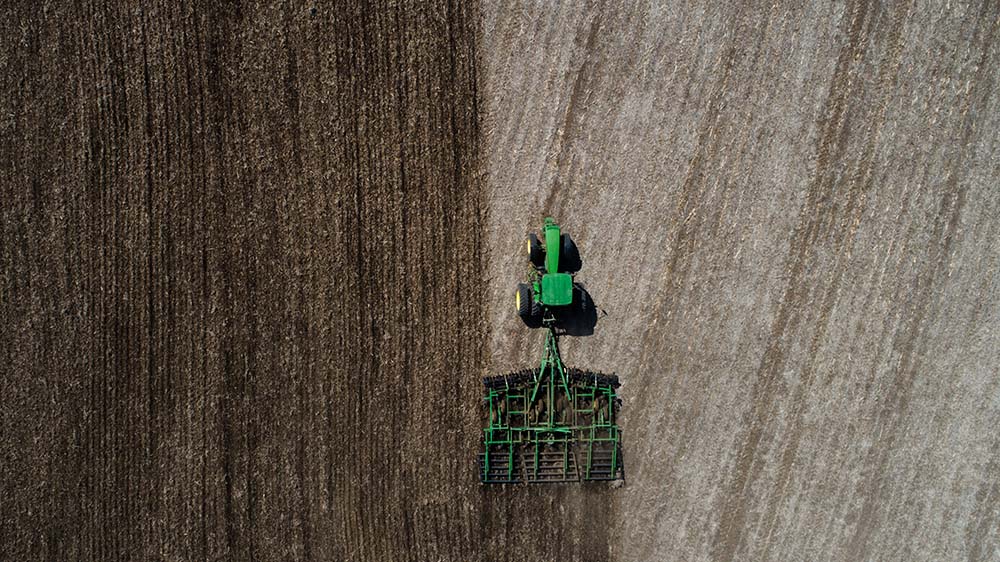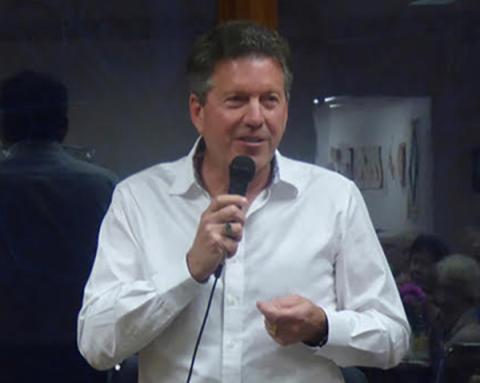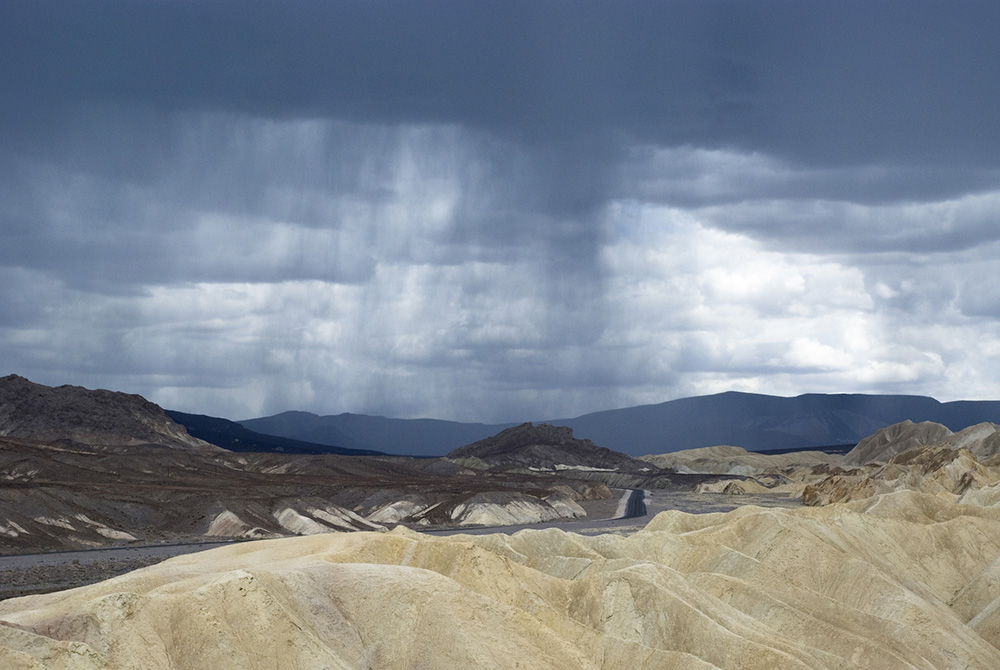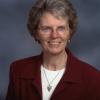
(Unsplash/Josh Berendes)
I had the privilege of participating in the International Union of Superiors General's plenary assembly in early May and found spending time with about 600 sisters in person and 300 virtually to be deeply moving.
One theme, embracing vulnerability, was addressed by Ted Dunn, an American author and licensed clinical psychologist with more than 30 years of experience as a consultant and facilitator to religious congregations and other faith-based organizations.
As Ted began his presentation, one thing that caught my attention immediately was an invitation to seek the ancient pathways of gaining wisdom that always call to embrace vulnerability, to let go of controls and, instead, trust.
As he proceeded, the image that came to me was that of allowing ourselves to be "tilled" so the hard ground of defenses and old ways of doing things that protect us against chaos and uncertainty are weakened and we find the treasures that lie beneath the crust of our earth. These can both surprise and make us uncomfortable.
But, in willing to be tilled and our souls brought to the surface, we often become aware of potential desires. To get in touch with these, Ted asked us to reflect on the question: What am I seeking, longing for, desiring? What are we as communities seeking, longing for, desiring? Do I know? Do we know? Have I even let myself ask that question? Have we asked it together?

Clinical psychologist Ted Dunn consults with Catholic religious communities and other faith-based groups experiencing changes and contemplating the future. This photo was taken a few years ago when he was working with Our Lady of Victory Missionary Sisters in Huntington, Indiana. (Photo courtesy of Ted Dunn).
Ted suggested we ask such questions only in awareness of our current context, which must be faced squarely. The context of our social, political and spiritual environment is the soil of our desires. What exactly is that context of my life now? What is the context of our life together now? What do I/we face each day we rise from sleep, not only in the small confines of life, but the global life of our world? In both the smaller and global contexts of life, am I content with the way I am living, or do I allow these contexts to challenge me? And to what?
We often honor and acclaim our ancestors for the courage, creativity and tenacity they exhibited in their various contexts, but we also need to ask these of ourselves: Where do I experience courage? Creativity? Tenacity? Where do I experience my community's courage, creativity and tenacity? In our contexts?
What am I doing concretely every day to contribute to the work of the evolution of our universe? Of religious life? What is my community doing concretely every day to contribute to the evolution of our universe or religious life? What do I see? Hear? Touch?
Ted reminded us that the path to wisdom that draws us into courage, creativity and tenacity is not just individual, but communal. It is not a solitary path. It is intergenerational, interdisciplinary, interfaith, intercultural.
All these elements are necessary to acquire the wisdom needed to participate in these evolutions. All are needed to make the next leap in personal and communal consciousness that creates a new universe, a new religious life.
Who I have been, who we have been, is no longer what is needed to bring about this evolution. Most of us have been deeply infected with individualism, codependency, workaholism, entitlement. Am I aware? Are we aware? Do I have the courage, creativity and tenacity to be tilled into learning what interdependence is? Shared power? Mutual accountability? And living them out?
Advertisement
The choice, Ted reminded us, is "change" or "transformation." Which do I desire? I, like many, have heard the words time and again, and, of course, my first response is "transformation," but would I really desire it, knowing the work it takes?
We were reminded that change is easier than transformation because ordinarily, when on the path of change, we take old patterns with us, even if moving to a different community, a new work or new relationships. The old stories we have created about ourselves are the lens we use to view the new because they are comfortable and require less effort.
This idea really made me ask myself: What is the story of Joyce I have woven about myself that I bring everywhere I go? Would others tell the same story about how I relate to others, how I do my work, how I play, how I live out the charism and the mission of the community?
It challenged me to reflect more on how real transformation challenges me and us to revisit these stories and to ask how they further or inhibit the evolution of the universe into a more interdependent, interdisciplinary, interfaith, intercultural universe. These could be soul-shifting insights if I am willing to act on them.
It was especially helpful when he asked us to think about the transformation we experienced when we entered religious life. For most of us, that choice was probably more than change, especially in primary relationships with people and even God, commitments, practices, daily routines, values, worldviews. These transformations did not take place overnight and hopefully are still going on as our contexts change.
Transformations of our stories hopefully occur throughout our lives — those moments, as Ted said, when the ground shifts beneath our feet and bring us to our knees. He invited us to recall one of them.
I had three or four for sure and some smaller ones. Maybe it depends on how strong the ego is! But these are painful moments when we can no longer deny that something is not working for us, and blaming others does not work, either.
Even though I call them "moments," they are not moments because there are no quick resolutions or answers. They take long periods of deep listening to have consciousness shift to tell our story differently.
In one instance for me, the beginning consciousness came through a dream. I learned a deep truth about myself that was painful but pushed me gradually into a new identity.
The pain itself, Ted says, makes space for the next letting-go of defenses. This liminality is never pleasant.
Ted gave us five elements of transformation, but one attracted me most: experimentation. As I was going through those times of pain and growth in awareness of my own story, I had to experiment with new ways of relating to others, including God. I had to practice new routines and examine different ways of looking at the world. I had to cultivate a new curiosity. It was scary and exciting at the same time.

Rain clouds are seen over the landscape in Death Valley National Park, California (Dreamstime/Alexander Reitter)
Another was reconciliation with my deeper self, a letting-go of old images and old stories and reconciling them with the deeper ones I discovered that lived within me. When we do this work, we create new worlds for ourselves.
Many years ago, although it can sometimes feel like yesterday, my congregation also went through a crisis that forced us to face the brokenness and vulnerability of who we were. It too was a painful time that in some ways is not really over. Transformation, luckily, does not have an endpoint.
When our brokenness erupted with a vengeance, we had to seek help. Ted and his wife, Beth Lipsmeyer, were our guides in helping us face much of our truth and pain. We had to practice new ways of behaving with one another, of letting go of denial and blame to find out truths about ourselves and us as a community that we had hidden.
The process of learning and practicing new skills took more than two years. We still occasionally fall back into old stories and need one another to remind us of what our commitments to one another were.
It is hope that leads us to choose transformation. A story Ted told about hope hidden in the dark places of life and the Earth touched me deeply. It was about Death Valley in California.
Death Valley is a place without water — hot, dry, dead-looking, with seemingly little potential to be otherwise. It rarely rains, but when it does, suddenly, all kinds of green appear. Apparent barrenness hides life and surprises us when it erupts in new beauty. It hides a mystery. It was not dead after all, only dormant.
This is a story we can remember as we think about the effort it takes to make a choice between "change" and "transformation." Ted described commitment to transformation as "incarnating wisdom," something our world desperately needs. What a mission that is for us to embrace.







